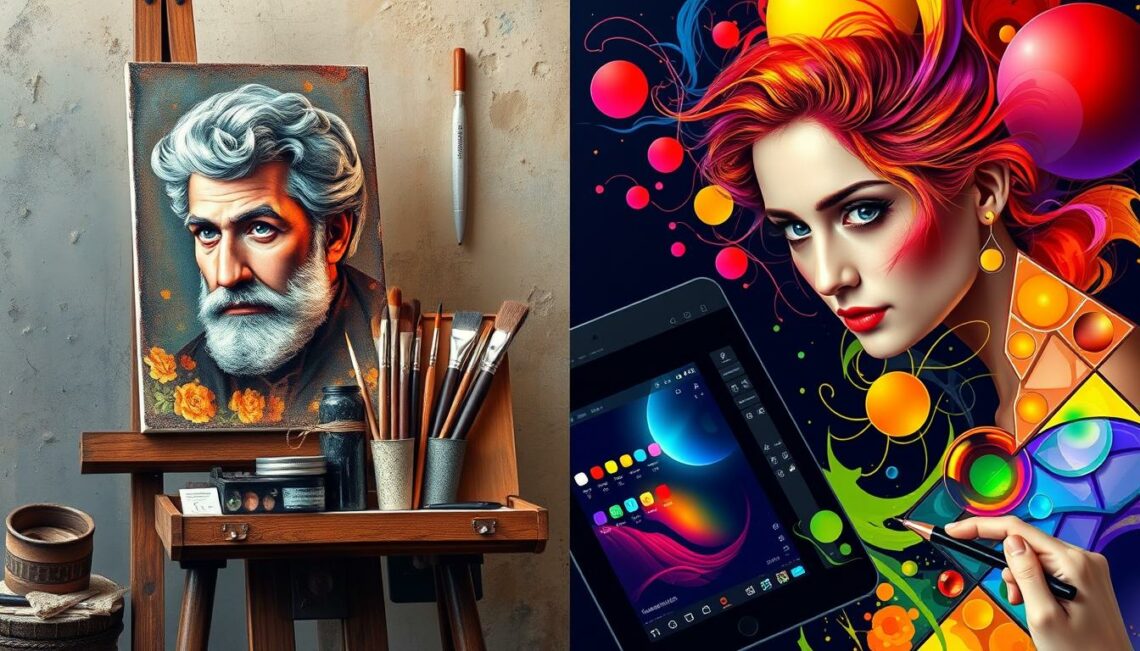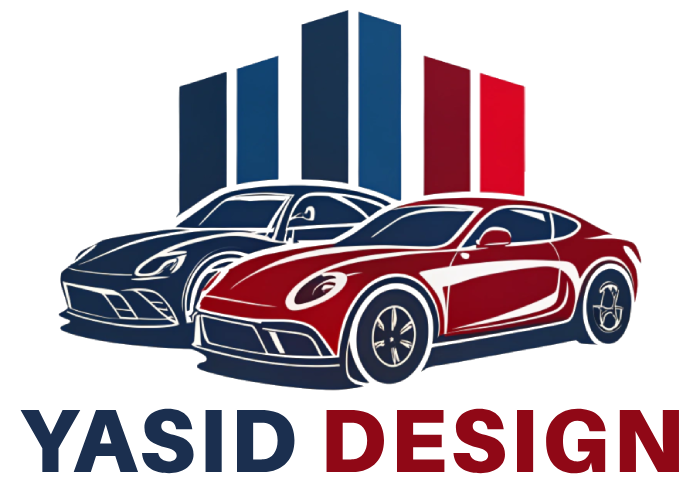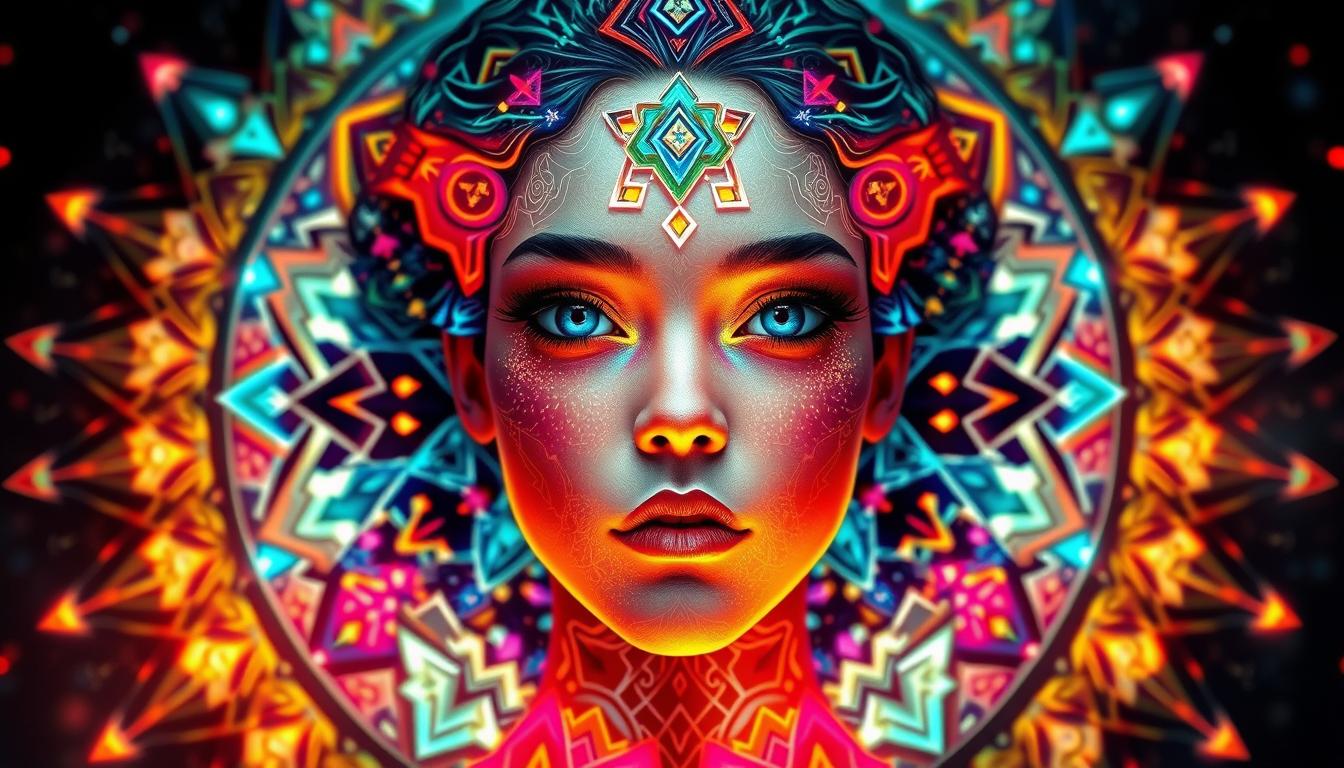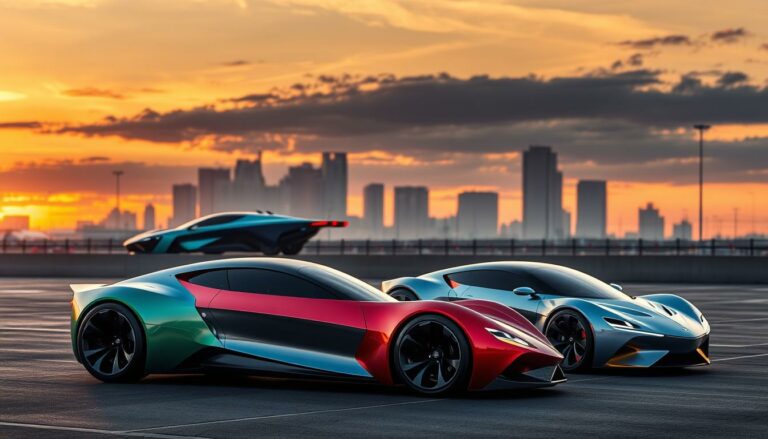In today’s fast-paced world, digital portraits are at the forefront, merging innovative technology in art with traditional artistry in design. Artists have transitioned from time-honored mediums like oil and acrylics to powerful digital platforms, unlocking new potentials for creative digital art. This shift has not only enhanced precision and efficiency but also redefined how emotions and likenesses are captured, offering exciting paths for expression. With tools such as Adobe Photoshop and Procreate, creators are pushing boundaries, finding inspiration in the limitless possibilities of digital artistry.
The Evolution of Portrait Art in the Digital Age
The world of portrait art has witnessed remarkable transformations, especially with the advent of the digital age. Traditional portrait art was once a reflection of status and legacy, encapsulated through time by masters like Rembrandt and Vermeer. Their techniques and styles painted a narrative that has persisted throughout generations, demonstrating the evolution of art through various historical contexts.
Historical Perspective on Traditional Portraits
In the early stages of portrait art, paintings served important social and cultural functions. They were not merely aesthetic objects but also critical elements in preserving an individual’s legacy and societal status. Traditional portrait art utilized techniques that required meticulous attention to detail, often showcasing the subtlety of human emotion and character. Artists employed oil paints to achieve rich textures and lifelike images, which defined the standards of the art world for centuries.
The Rise of Digital Tools and Software
The introduction of digital art tools has significantly influenced the creation and accessibility of portrait art. Artists now utilize advanced software such as Corel Painter and Clip Studio Paint, allowing for extensive experimentation without the restrictions imposed by physical media. The evolution of art opens doors for diverse creative expressions, enabling artists of all skill levels to explore their capabilities and produce high-quality digital portraits.

Today’s digital landscape fosters a community of artists who connect, share their creations, and collaborate. The blend of traditional techniques with modern digital art tools continues to redefine the paradigms of portrait artistry, encouraging innovation and unique interpretations.
| Aspect | Traditional Portrait Art | Digital Portrait Art |
|---|---|---|
| Medium | Oil, Acrylic, Watercolor | Digital Software, Tablets |
| Accessibility | Limited to Skilled Artists | Accessible to All Skill Levels |
| Process | Time-Consuming | Faster Iteration and Experimentation |
| Final Product | Physical Artwork | Digital Files, Prints |
Digital Portraits: Blending Technology and Artistry in Design
Creating digital portraits involves a harmonious blend of traditional artistry and modern technology. Artists utilize a variety of digital art techniques, such as layering, blending, and employing unique brush methods that replicate the textures found in traditional media. These techniques not only enhance creativity but also offer greater options for customization, allowing artists to produce distinctive works that reflect their personal style.
Techniques Used in Creating Digital Portraits
Among the most popular digital art techniques are layering and blending, which enable artists to build depth and detail in their portraits. Artists can use various brushes that emulate the effects of real paint, from watercolor to oil textures, enhancing their ability to create realistic and captivating images. By mastering these methods, aspiring artists can elevate their crafting abilities, producing digital portraits that are rich in detail and expression.
The Role of Artificial Intelligence in Art
AI in art has made remarkable strides, providing artists with innovative tools to explore new creative avenues. Platforms such as DeepArt employ neural networks to analyze and reproduce distinctive artistic styles, allowing creators to blend their own work with the aesthetics of renowned artists. This fusion of technology and artistry not only streamlines the creative process but also opens a treasure trove of possibilities for artistic exploration.
Famous Digital Portrait Artists to Follow
Among the renowned digital artists making waves in the field is Mike Winkelmann, famously known as Beeple. His groundbreaking works have garnered global recognition and demonstrate the power of digital media. Following artists like Beeple can be an excellent source of inspiration for those looking to hone their skills in creating digital portraits, offering insights into techniques and innovations shaping the future of digital art.




